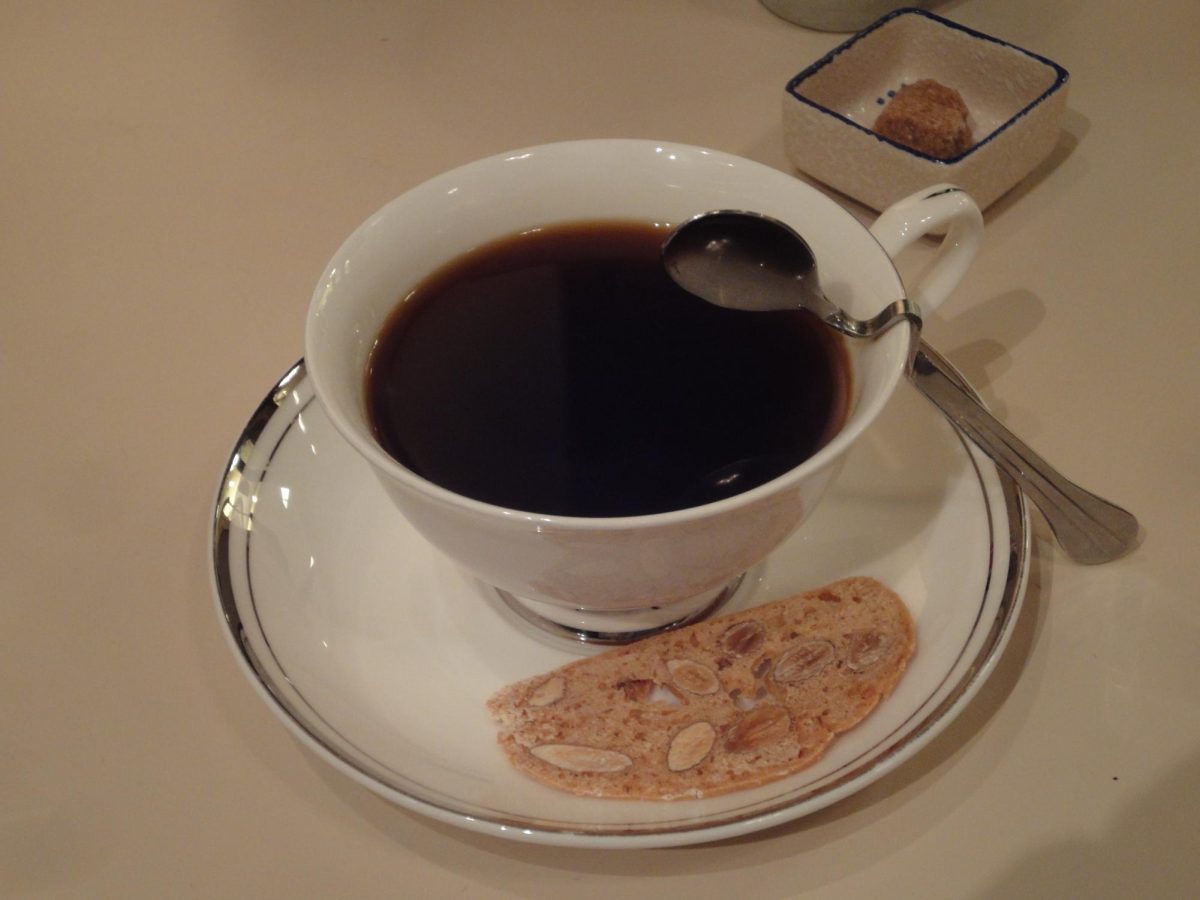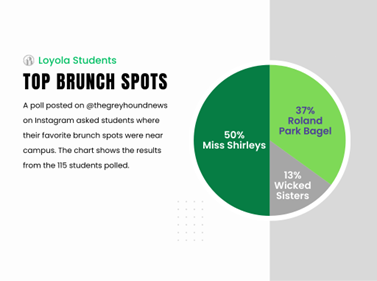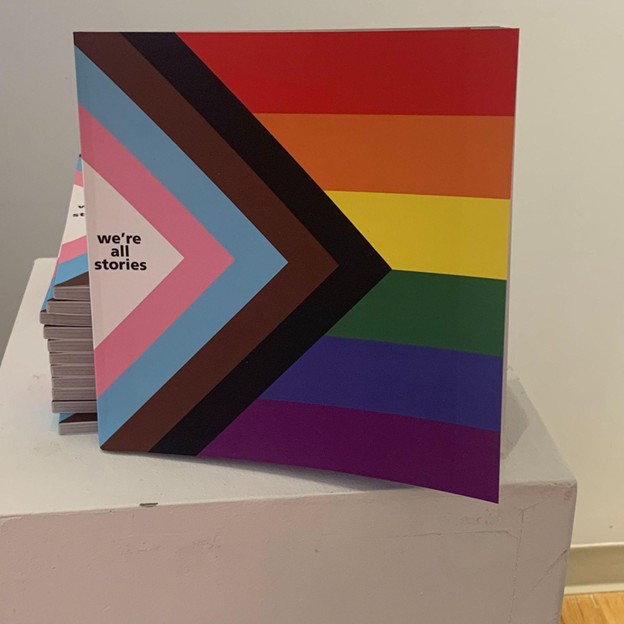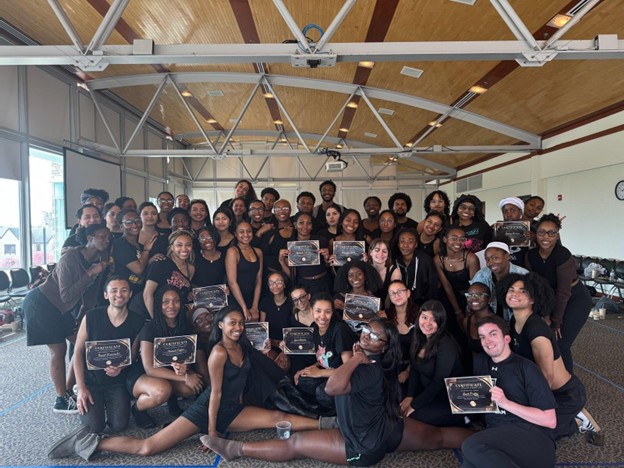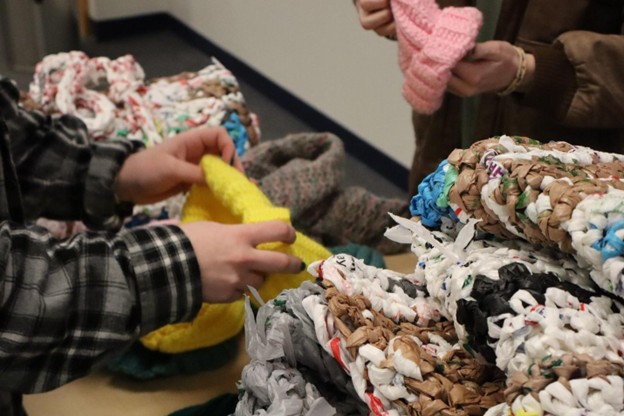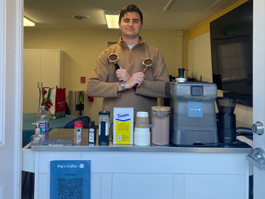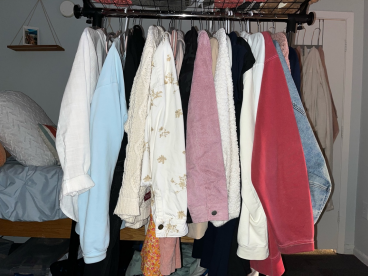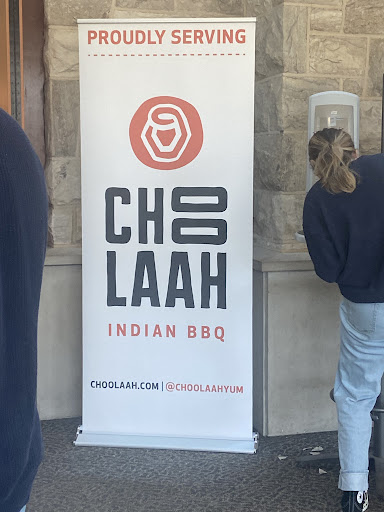The following represents the opinion of the student reporter and does not represent the views of Loyola University Maryland, the Greyhound, or Loyola University’s Department of Communication.
A total of 921,000 tons of textile projects including shoes, bags, and belts were in the household residential waste and destined for landfill and incineration in 2017, according to the WRAP foundation. The WRAP foundation highlights how the “one-wear” trend in fashion contributes to this waste as clothing consumption is on the rise.
The “one-wear” trend in fashion is to never repeat an outfit that people have already seen. It has grown in the social media era as people don’t want to post twice in the same outfit. This trend has created unrealistic expectations for consumers to constantly be purchasing new clothing. According to Eva Cass, an experienced fashion designer, the fast fashion industry responds to this by making a bulk of poor quality and cheap clothing.
Cass is a teacher’s assistant for a Sustainable Systems class, studying at Parsons School of Design in New York City. Cass is passionate about ending the stigma around repeating outfits. She talked about the seasons in fashion and how it has increased from two a year to close to 52 a year, being a new fashion season each week.
“It is insane to keep up. It is not only encouraging overconsumption but it is a huge monetary spending for the business,” she said. “Traditionally it was fall/winter, spring/summer, two collections for the year and now there’s pre-fall, resort, etc. and it is crazy. It’s become so fast that once again you can’t keep up with the trend and it encourages people to just spend more money.”
Cass highlighted the lack of action from both fast fashion and luxury brands. She explained that brands use the “one-wear” trend to overproduce and then end up discarding their leftover stock, instead of donating, recycling, or lowering production. The BBC reports the luxury brand Burberry was under fire for burning products rather than moving them to stores like TJ Maxx or Marshalls. Burberry stopped burning old stock in 2018 after an admission that it destroyed almost $40 million worth of products in 2017. Cass is highly critical of this practice.
“It is super unsustainable and disgusting and has so many environmental red flags,” she said. “But for style purposes, you are refusing to let people shop at a lower price for your goods. You are so influenced by keeping up with trends that you are going to destroy old products instead of lowering production or making something that is meant to last.”
There are many ways around the “one-wear” trend such as thrifting. Thrifting can result in amazing pieces that can stand out on a social media feed but do not contribute to the waste in the textile industry. Thrifted pieces are a way to be comfortable and confident when posting on social media. By thrifting and re-wearing pieces, individuality and unique style can shine through.
Moira McKinley, a junior at Loyola University Maryland, says she enjoys finding unique pieces through thrifting. Thrifting and being confident in her clothing decisions are some alternatives she has found to the “one-wear” trend on social media.
“You have to be comfortable and confident in your decision posting on social media. I also have learned to embrace my own style. I thrifted a pair of jeans this summer that I wear at least three times a week, so I have gotten a lot of wear out of them and I don’t mind if people see me re-wearing them,” said McKinley ‘24.
Everyone can do their part to combat the “one-wear” trend by thrifting and engaging on social media to end this fad and protect our environment (and our wallets).
Featured Image Courtesy of Meaghan Parsons

























